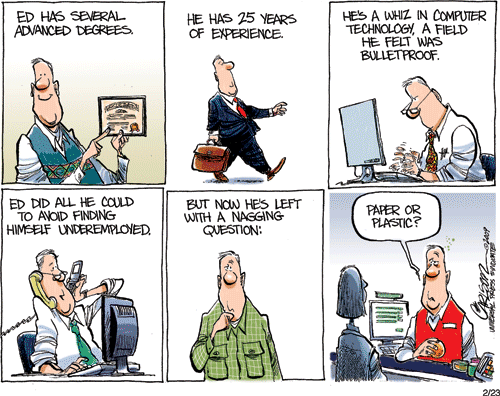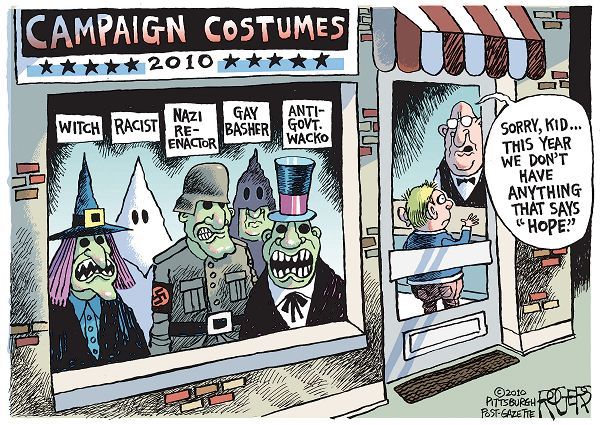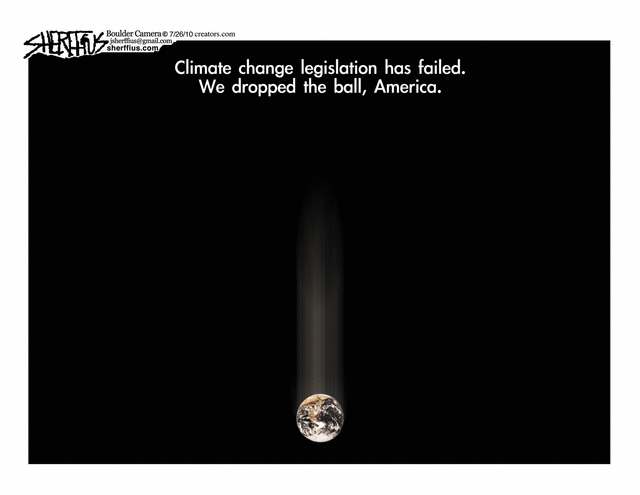Applications for unemployment fell by 13,000 last week which was less than expected. Partially to blame was the idling plants by automakers in the aftermath of the devastating earthquake and tsunami in Japan. The economy in the first quarter of 2011 is expected to have only grown by 2.0% after a 3.1 percent pace in the last three months of 2010.
Then there is that “little” housing issue that lingers in the background holding back economic growth.
Millions of foreclosures and short sales — when lenders agree to let borrowers sell homes for less than their values — have forced home prices down and more are expected this year. Tight credit has made mortgage loans tough to come by. Some potential buyers who could qualify for loans are worried that prices will fall further.
The dismal housing market is weighing on the overall economic recovery. Each new home built creates, on average, the equivalent of three jobs for a year and generates about $90,000 in taxes, according to the National Association of Home Builders. Most economists expect home prices — and by extension home sales and construction — to slip even further in 2011 before a modest recovery takes hold.
 Well, former President Bill Clinton thinks that the US economy could use a little help from a friend. For the first time since Pres. Clinton started his Global Initiative, it will meet in Chicago in June hosting a jobs summit for the US:
Well, former President Bill Clinton thinks that the US economy could use a little help from a friend. For the first time since Pres. Clinton started his Global Initiative, it will meet in Chicago in June hosting a jobs summit for the US:
New York, NY- President Bill Clinton announced today that he will host a Clinton Global Initiative (CGI) meeting focused on creating jobs and driving economic growth in the United States. The meeting, CGI America, will be the first CGI event solely dedicated to economic issues impacting the U.S. and will take place in Chicago on June 29-30, 2011.
snip
CGI America is being held in Chicago because the city is representative of the challenges confronting communities around the country, is home to some of the most influential companies in the U.S and has been a leader in creating jobs through investments in clean energy, a commitment to early childhood education and a renewed focus on technology.
Bill, what are you trying to tell us?

 No doubt the Obama administration will tout today’s news that unemployment has fallen .4% to 9.0% as an indication the US economy is improving. It will be quite a back aching twist of logic in the face of poor job growth of only 36,000 jobs in January far below expectations. So what’s really happening?
No doubt the Obama administration will tout today’s news that unemployment has fallen .4% to 9.0% as an indication the US economy is improving. It will be quite a back aching twist of logic in the face of poor job growth of only 36,000 jobs in January far below expectations. So what’s really happening? 

Recent Comments